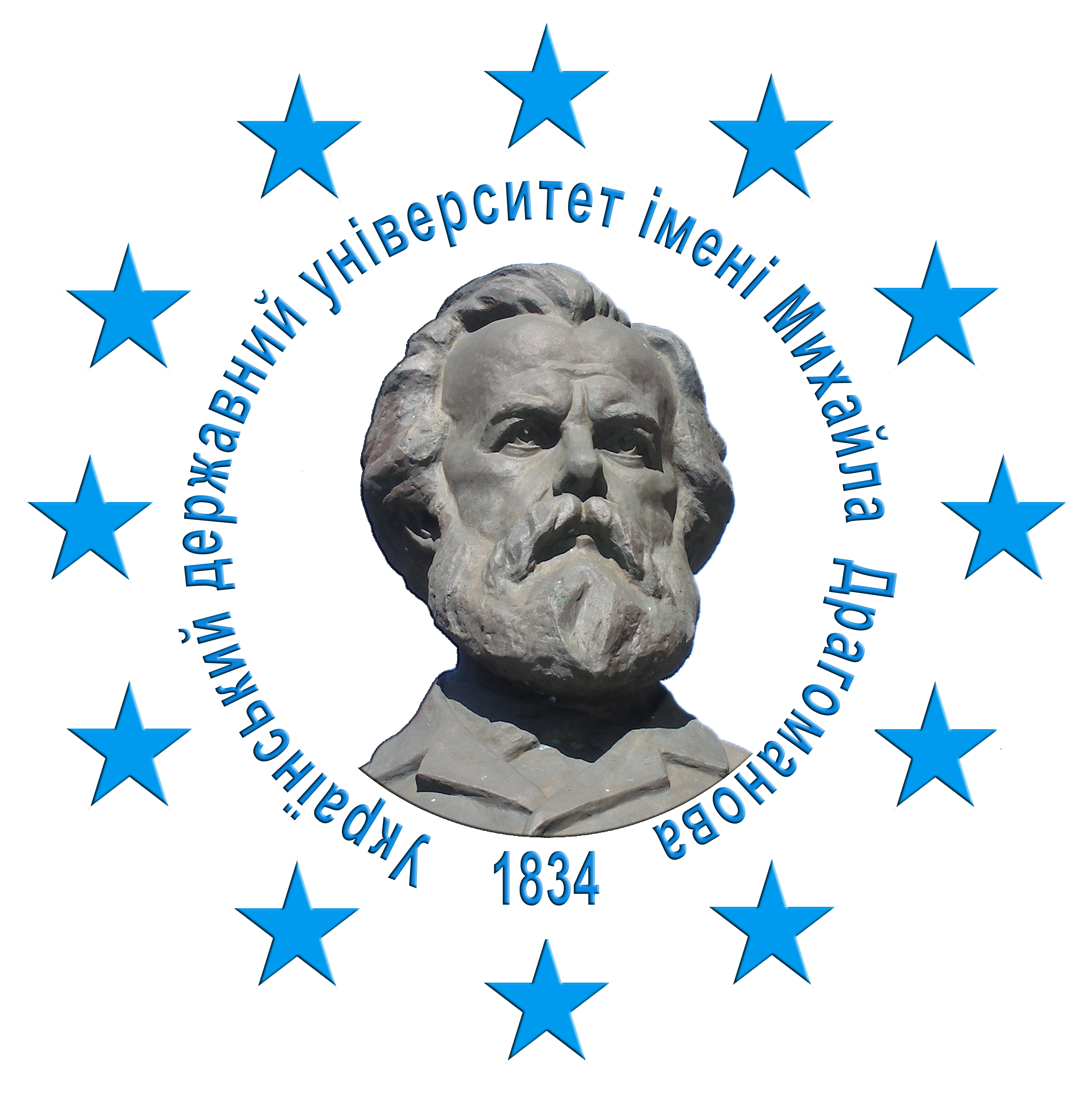SCYTHIAN EPICS AND CATABASIS: ISSUES OF ICONOLOGIZATION
DOI:
https://doi.org/10.31392/cult.alm.2023.4.9Keywords:
archaeology, thanatology, catabasis, sacrifice, Scythians, nomads, epic, Narts, iconology, symbolism, afterlife, powerAbstract
This work examines the dense connection between Scythian art in the Black Sea region (and beyond) with the heroic epic of the Narts, the Ossetian people of the Northern Caucasus. Frequently, scholars confine themselves to comparative studies of Scythian iconology with ancient historiography or at most, with Persian (Avestan) heritage. However, the author of this article primarily emphasizes the Scythian iconography in epic rather than in the "pantheon mythology." Epic consciousness tends to deviate from cyclicality and etiology in favor of the feats of the heroic ancestors. The Ossetian "Nart Saga" demonstrates the vast array of potential characters. The focal point of this work revolves around the hero's journey to the Land of the Dead. The corresponding legend of the Nart Soslan's catabasis is compared with well-known compositions on Scythian artifacts. Parallel observations are made, and remarks are presented against prevalent outdated concepts, among other things.
References
Бойчук, Віктор. (2011). “Образ Колаксая в динаміці розгортання естетико-сакрального культуротворчого механізму структуризації скіфської спільноти.” In Культура народов Причерноморья : 138-140.
Вертієнко, Ганна. (2007). “Принципи та моделі реконструювання поховально-поминальної обрядовості іраномовних народів Євразійського степу.” Сходознавство, (39-40): 3-23.
Вертієнко, Ганна. (2012). “Релігійні функції дзеркала у Скіфії та Ірані (скіфська богиня та зороастрійська Даена: спільні риси?).” Східний світ 2: 29-42.
Вертієнко, Ганна. (2015). Іконографія скіфської есхатології. Київ.
Дюмезиль, Жорж. (1976). Осетинский эпос и мифология. Сокр. пер. с франц. М.: ГРВЛ.
Дюмезиль, Жорж. (1990). Скифы и нарты. Сокр. пер. с франц. М.: ГРВЛ.
Иванеско, Антон. (1999). “Нартовский эпос и скифская мифо-географическая традиция.” Донская археология, (2): 30-39.
Іванова, Ганна. (1962). “Образ вершника в боспорському надгробковому рельєфі.” In Археологічні пам'ятки УРСР. К.: Наук. думка, 9: 169–180.
Клочко, Любов. (2021). “Наративні композиції на головних уборах скіф’янок.” In Ранній залізний вік Східної Європи : зб. статей на пошану Ірини Шрамко: 129-140.
Король, Денис. (2005). “Мотив ‘всадника’ и ‘встречающей богини’ на погребальных камнях Скандинавии и Северного Причерноморья.” In Структурно-семиотические исследования в археологии. Донецк: ДонНУ, (2): 331-344.
Король, Денис. (2015). Вступ до історичної танатології : навч. посіб. К.: “КМ Academia”.
Король, Денис. (2021)a. “Батрадз” [електронний ресурс]. Велика українська енциклопедія. URL: https://vue.gov.ua/Батрадз
Король, Денис. (2021)b. “Валькірії” [електронний ресурс]. Велика українська енциклопедія. URL: https://vue.gov.ua/Валькірії
Мысыккаты. Борис. (2021). “Нартиада и скифский звериный стиль.” Nartamongae, 1-2(16): 169-187. doi: 10.46698/VNC.2021.51.22.001
Руденко, Сергей. (1968). Древнейшие в мире художественные ковры и ткани: из оледенелых курганов Горного Алтая. М.: Искусство.
Степанян, Нина. (2008). “Мотив граната в раннесредневековом изобразительном искусстве.” Պատմա-բանասիրական հանդես 2: 210-229.
Цуциев, Аслан. (2013). “Богиня на троне и всадник. К вопросу о семантике сцены на войлоке из 5-го Пазырыкского кургана.” Родина, (2): 82-83. Владикавказ.
Шауб, Игорь. (1999). “Культ Великой богини у местного населения Северного Причерноморья.” Stratum plus. Археология и культурная антропология 3: 207-223. Кишинев
Albenda, Pauline. (1985). “Mirrors in the ancient Near East.” Notes in the History of Art 4.2/3: 2-9.
Bernabé, Alberto. (2015). “What is a katábasis? The descent to the netherworld in Greece and the Ancient Near East.” Les Études Classiques, 83(1-4): 15-34.
Besolova, Elena and Zangieva, Zarema. (2019). “On The Mentality And Being Of The Mountaineers In The Nartiad.” [електронний ресурс]. In European Proceedings of Social and Behavioral Sciences. (76): 399-408. URL: https://www.europeanproceedings.com/article/10.15405/epsbs.2019.12.04.55
Gippert, Jost, and Fritz Sonja. (2004). “Onomastica Nartica: Soslan–Sozyryqo.” In Haptačahaptāitiš: Festschrift for Fridrik Thordarson on the Occasion of His 77th Birthday: 73-89.
Golan, Ariel. (1991). Myth and Symbol: Symbolism in Prehistoric Religions. Jerusalem. [електронний ресурс]. URL: https://archive.org/details/myth-and-symbol-ariel-golan
Langley, Patricia. (2000). “Why a pomegranate?.” BMJ: British Medical Journal 321. no. 7269: 1153-1154.
Lazongas, Efthymios G. (2017). “Side: the personification of the pomegranate.” In Personification in the Greek World. Routledge: 99-109.
Lubotsky, Alexander. (1998). “Avestan xvarәnah-: the etymology and concept.” In Sprache und Kultur. Akten der X. Fachtagung der Indogermanischen Gesellschaft Innsbruck (ed. W. Meid): 479-488.
Humbach, Helmut. (2002). “Yama / Yima / Jamšēd, King of Paradise of the Iranians.” Jerusalem Studies in Arabic and Islam 26 : 68-77.
Tales of the Narts (2016). Ancient Myths and Legends of the Ossetians. Eds. J. Colarusso, & T. Salbiev; transl. by Walter May. Princeton University Press.
Yazici, Erdal. (2015). Voice of Sculptures. Hittite/Neo-Hittite World. Istanbul: Uranus








